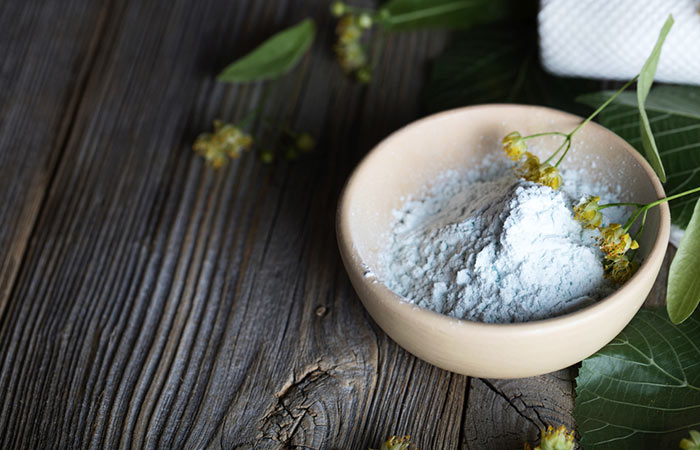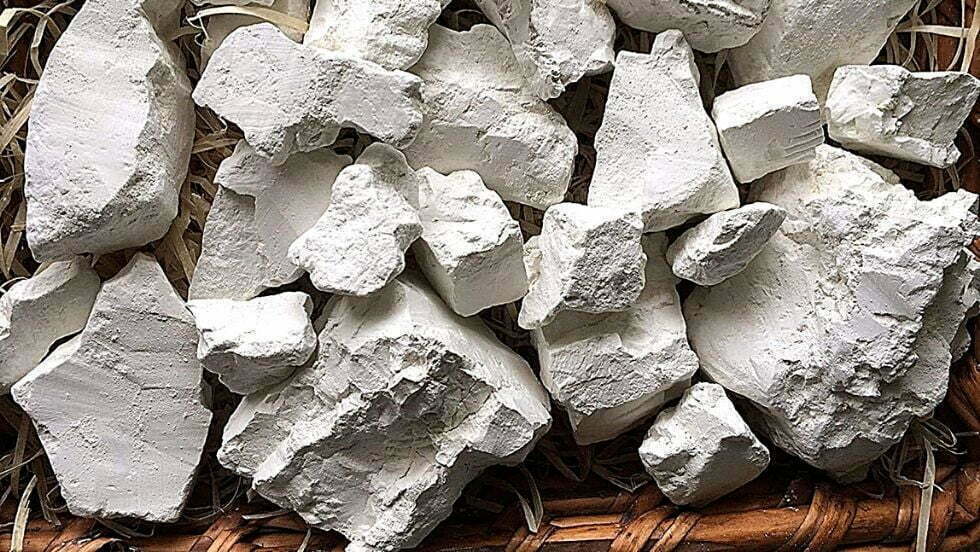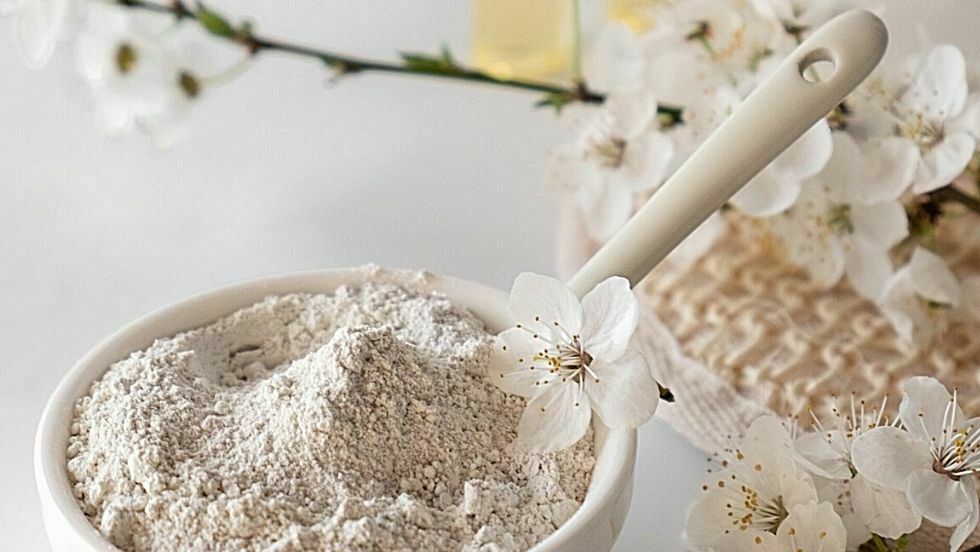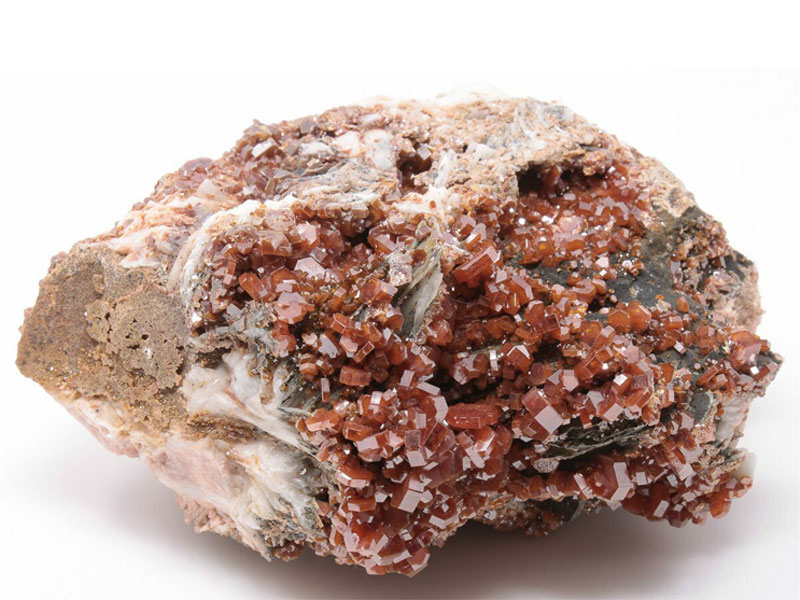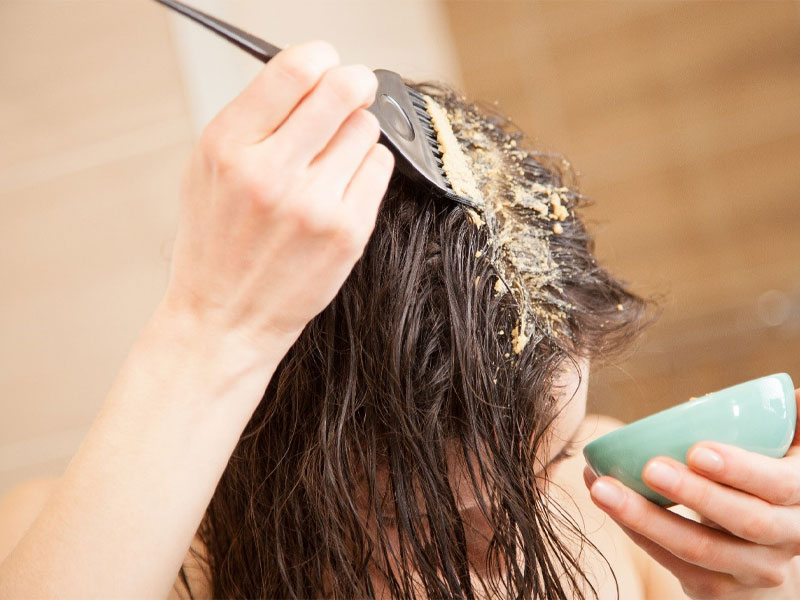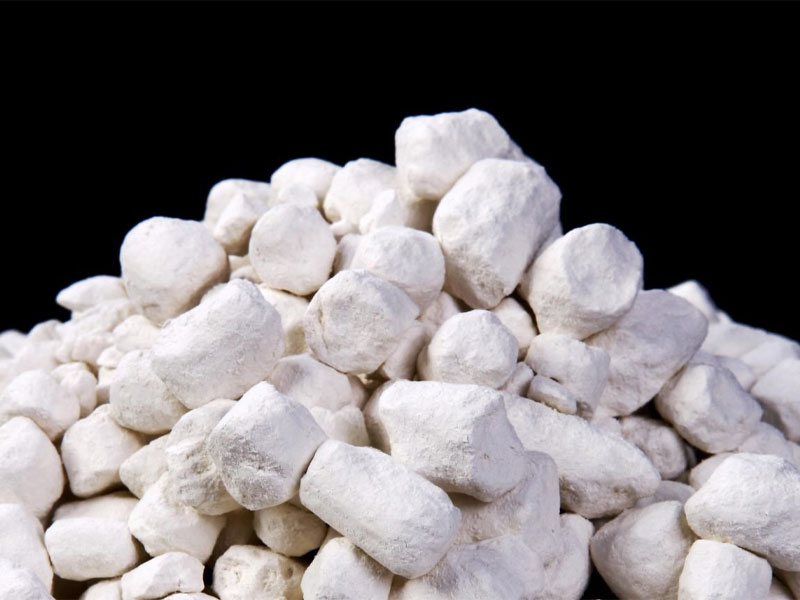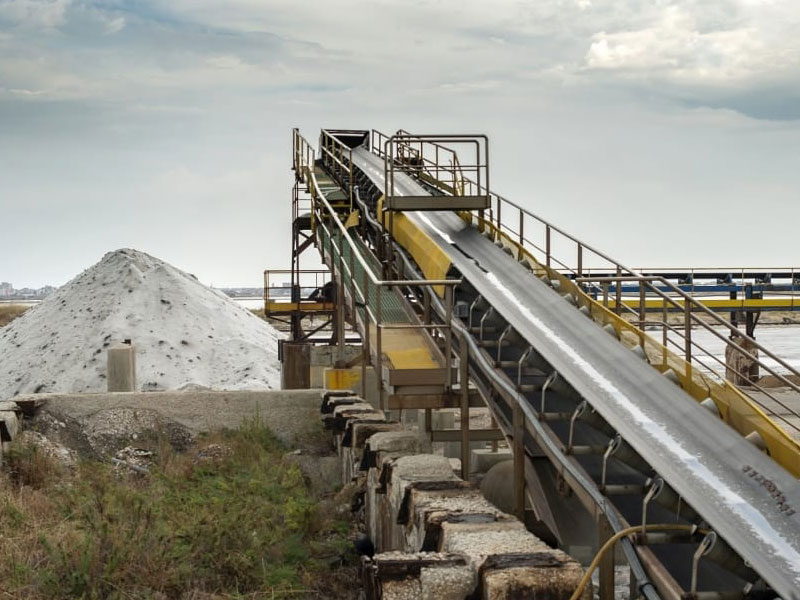Introduction
Kaolin clay, a pure and natural substance, has captivated people across cultures for centuries. Its delicate texture and remarkable versatility have made it a valuable ingredient in various industries, ranging from skincare and cosmetics to industrial applications. In this article, we will explore the world of kaolin clay, understand its properties, applications, and answer the burning question: does kaolin clay expire?
Understanding Kaolin Clay
Composition and Origin
Kaolin clay, scientifically known as kaolinite, is a type of soft white clay primarily composed of the mineral kaolinite. It is formed over millions of years by the weathering of aluminum silicate minerals. The clay’s pure white color and fine texture make it highly sought after for an array of purposes.
Types of Kaolin Clay
There are several types of kaolin clay, each with unique properties and uses. These variations depend on factors such as geographical location and the minerals present during formation. Common types include white kaolin clay, red kaolin clay, and pink kaolin clay, each offering distinct benefits for different applications.
Read More: Drilling Barite
The Versatility of Kaolin Clay
Skincare Benefits
Kaolin clay’s gentle nature makes it an ideal choice for skincare. Its ability to absorb excess oil and impurities from the skin, without causing irritation, has made it a staple in face masks, cleansers, and exfoliants. It also helps soothe sensitive and acne-prone skin.
Cosmetic Applications
In the realm of cosmetics, kaolin clay is celebrated for its mattifying properties. It is commonly found in foundations, powders, and blushes, contributing to a smooth and long-lasting finish. Its natural composition ensures that it doesn’t clog pores, making it suitable for various skin types.
Industrial Uses
Beyond beauty, kaolin clay finds its place in various industrial applications, including paper manufacturing, ceramics, and the production of rubber and plastics. Its fine particle size and ability to enhance material strength and brightness are highly valued in these industries.
Does Kaolin Clay Expire?
Kaolin clay, like many natural substances, has a shelf life. However, its longevity can vary based on several factors.
Factors Affecting Shelf Life
The shelf life of kaolin clay depends on how it is stored, the presence of contaminants, and exposure to environmental factors like moisture and sunlight. When stored properly in a dry and cool place, unadulterated kaolin clay can last for an extended period.
Signs of Spoilage
To determine if kaolin clay has expired, inspect it for any changes in color, odor, or texture. If the clay becomes discolored, develops a foul smell, or feels gritty, it is best to discard it.
Read More: Bentonite
Proper Storage to Extend Shelf Life
To maximize the shelf life of your kaolin clay, follow these storage guidelines:
Keeping Moisture at Bay
Kaolin clay is highly absorbent, so it’s essential to keep it away from moisture. Store it in an airtight container or resealable bag, and consider using desiccant packets to absorb any moisture in the packaging.
Shielding from Sunlight
Direct sunlight can alter the composition of kaolin clay over time. Store it in a cool, dark place away from UV rays to preserve its integrity.
Reviving Expired Kaolin Clay
If you discover that your kaolin clay has expired, there’s no need to despair. You can often revive it by mixing it with a few drops of water and stirring until it regains its smooth consistency. However, exercise caution and ensure the clay does not exhibit any signs of spoilage.
Safety Measures
While kaolin clay is generally safe for external use, it’s essential to be aware of potential allergies or sensitivities. Conduct a patch test before applying it to your skin, and if you experience any adverse reactions, discontinue use.
Eco-Friendly Kaolin Clay
Kaolin clay’s eco-friendly properties extend beyond its natural origin. It is sourced sustainably, minimizing environmental impact, and is biodegradable, ensuring it does not harm the planet when disposed of properly.
Read More: Wikipedia
Conclusion
Kaolin clay, with its rich history and versatile applications, remains a timeless beauty and industrial wonder. While it does have a shelf life, proper storage and care can extend its usability, allowing you to enjoy its benefits for years to come. Whether you’re using it for skincare, cosmetics, or industrial purposes, kaolin clay continues to prove its worth.


